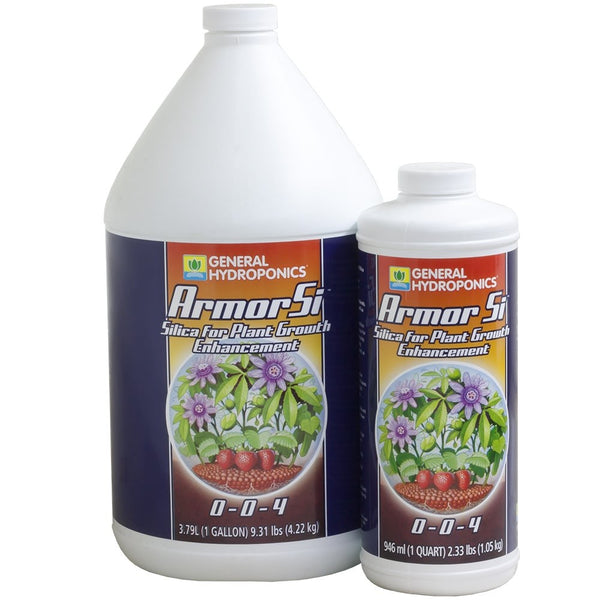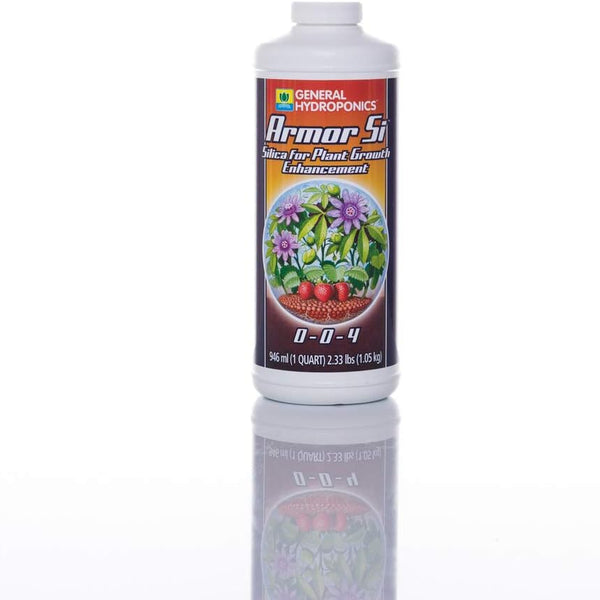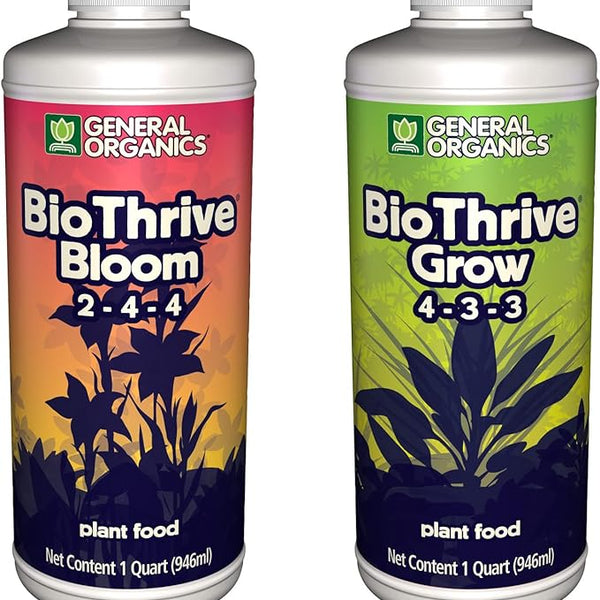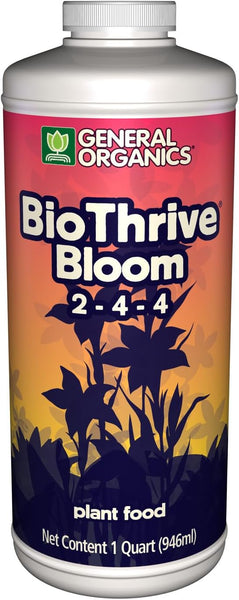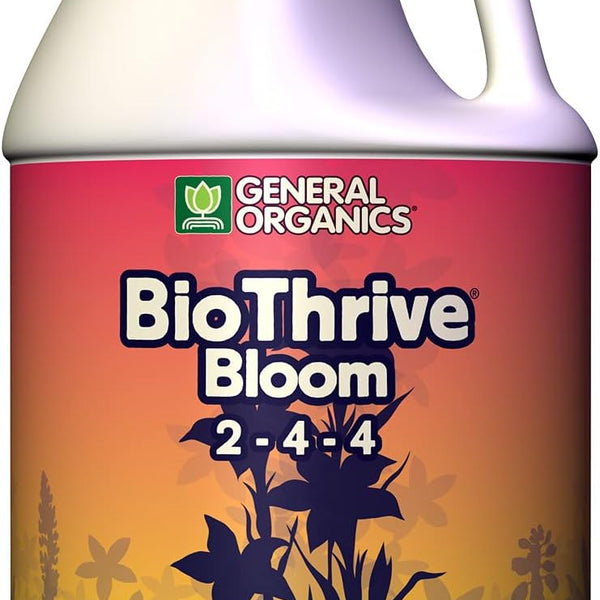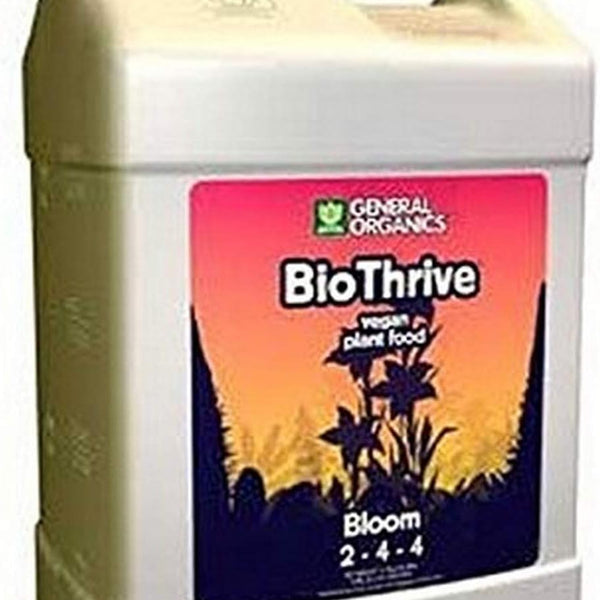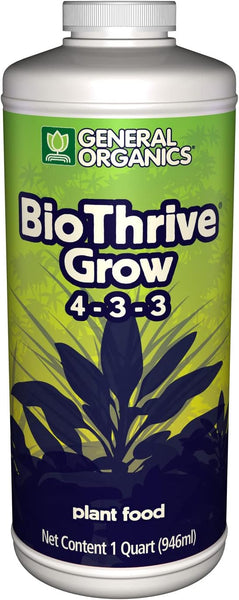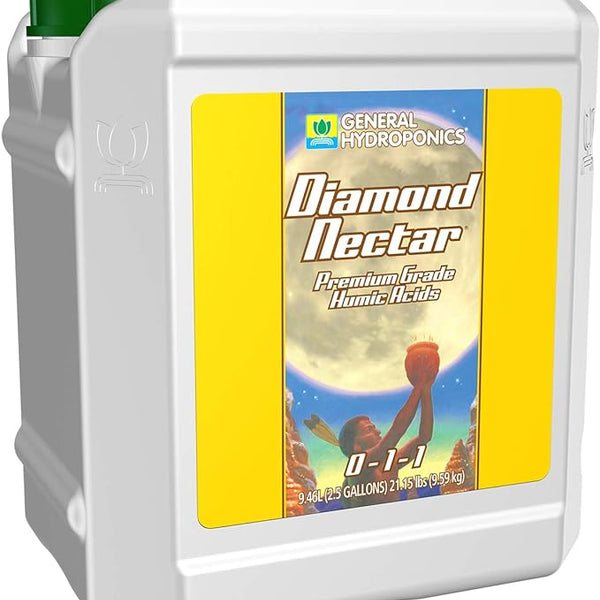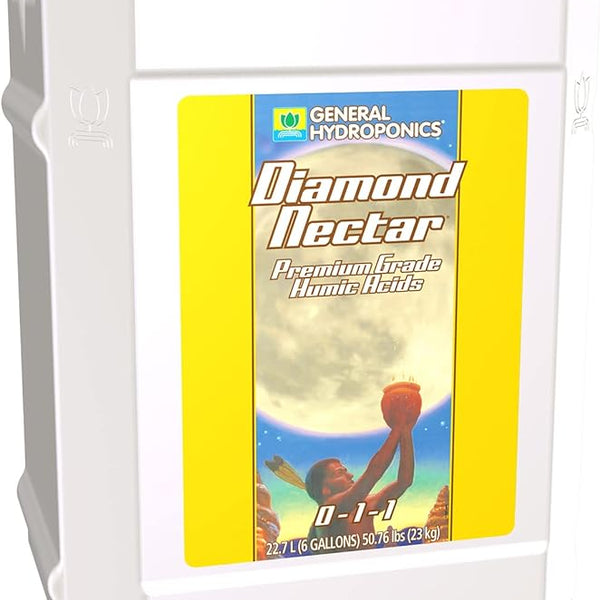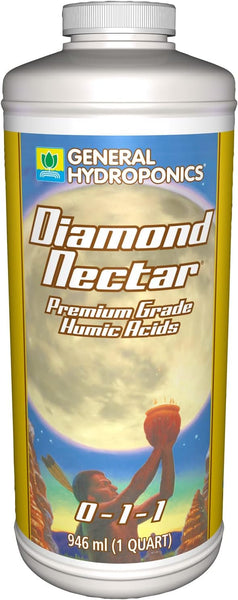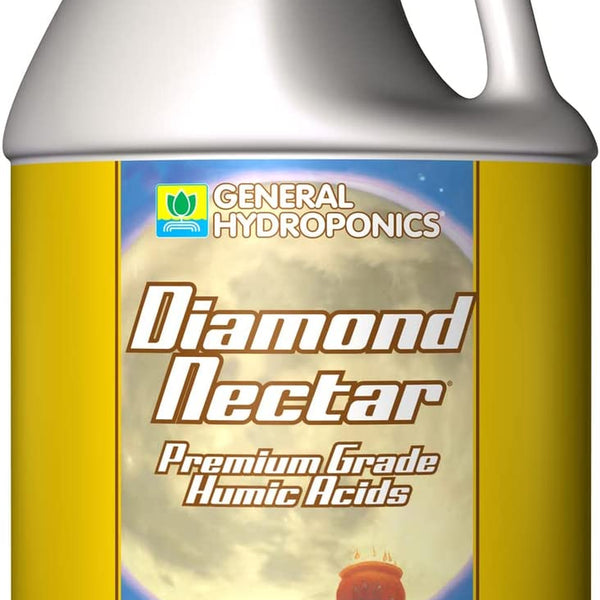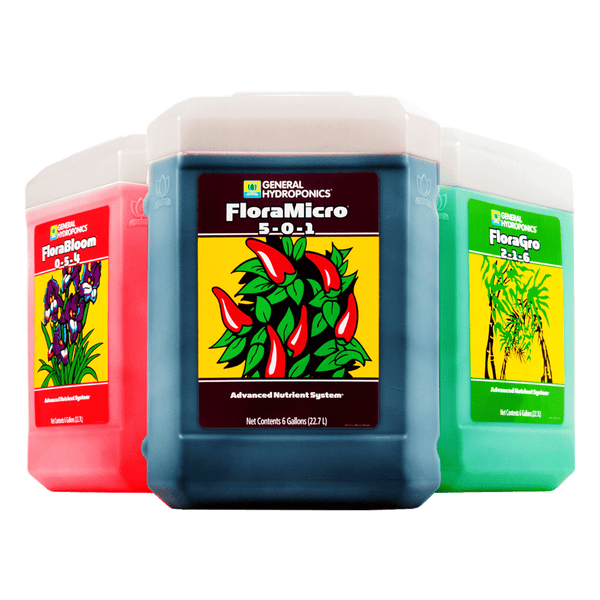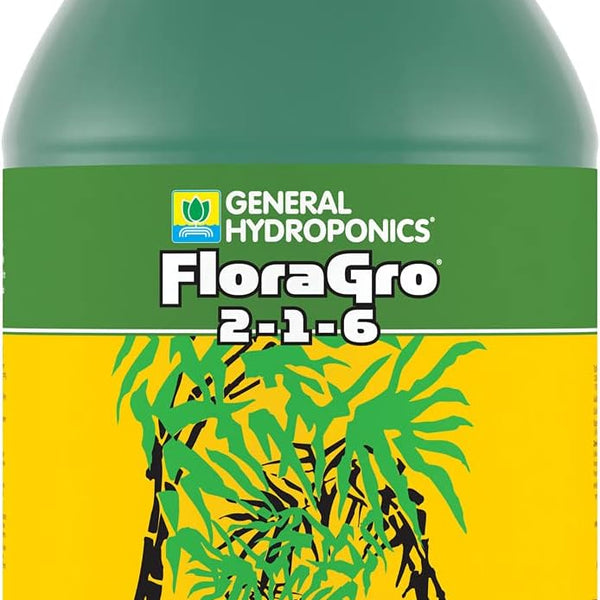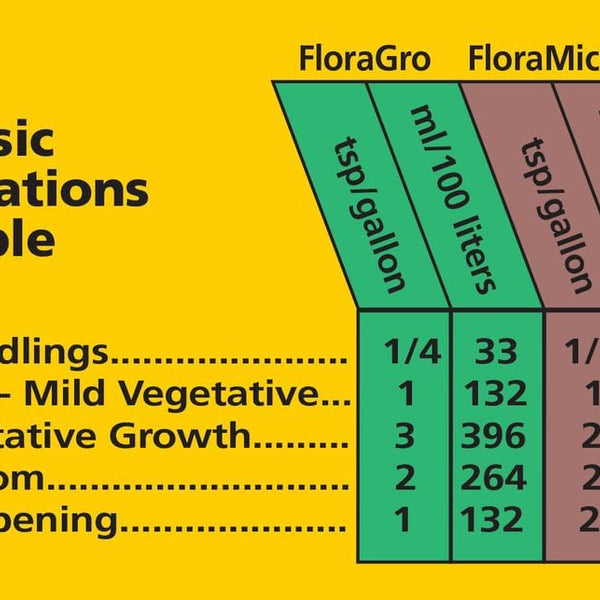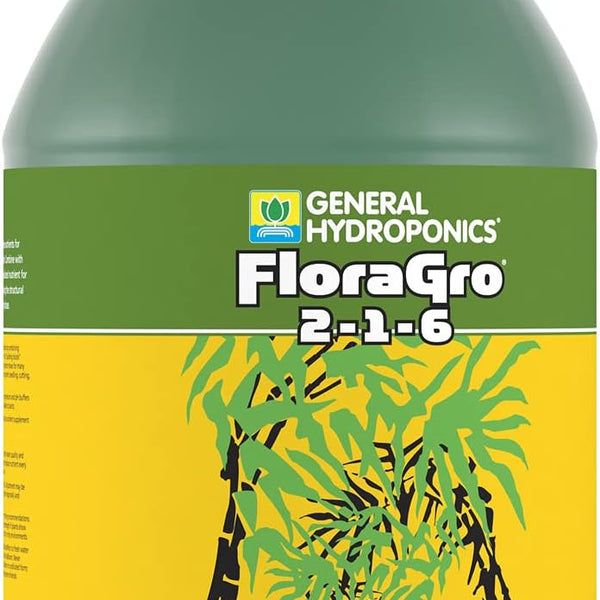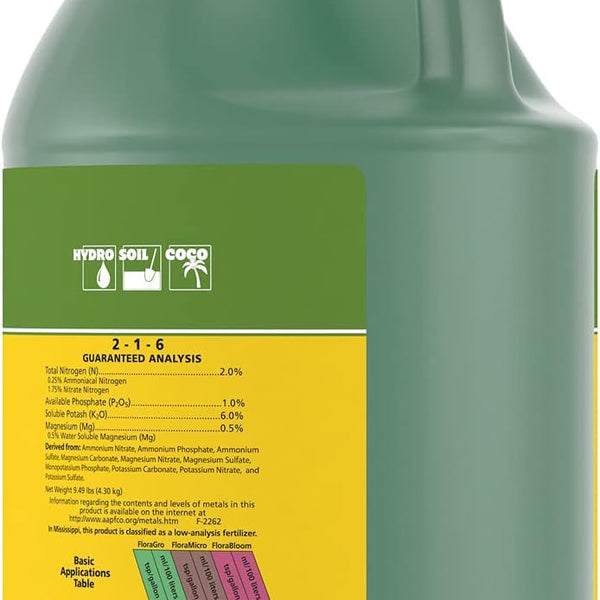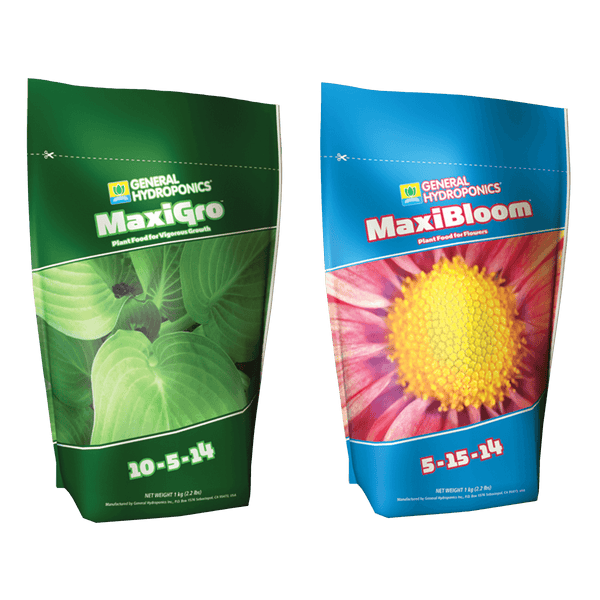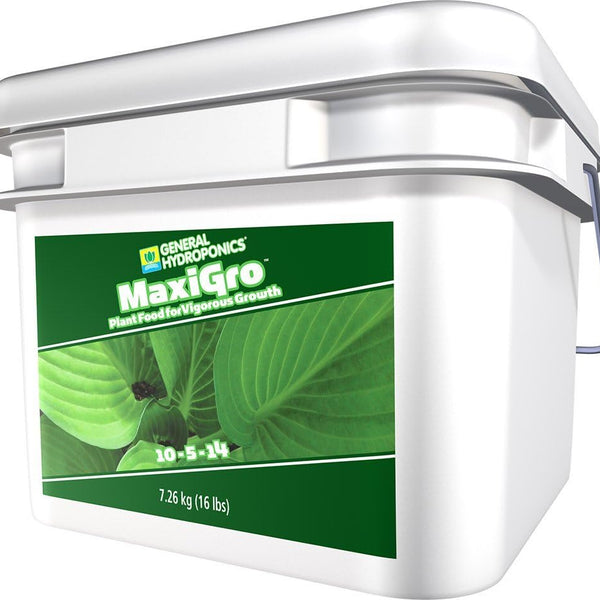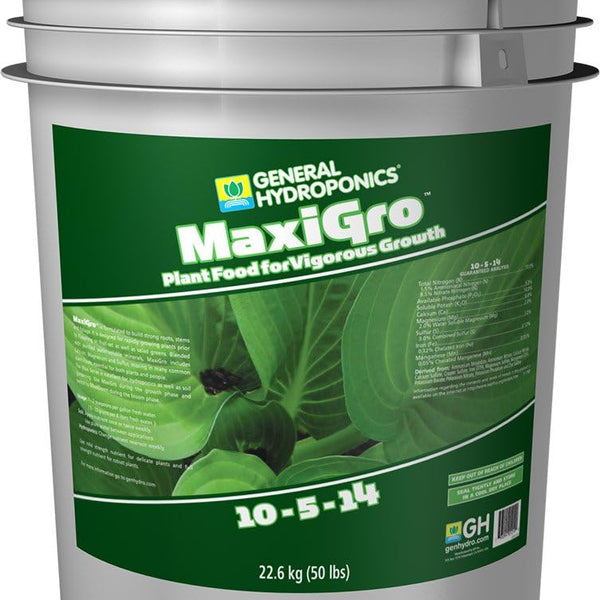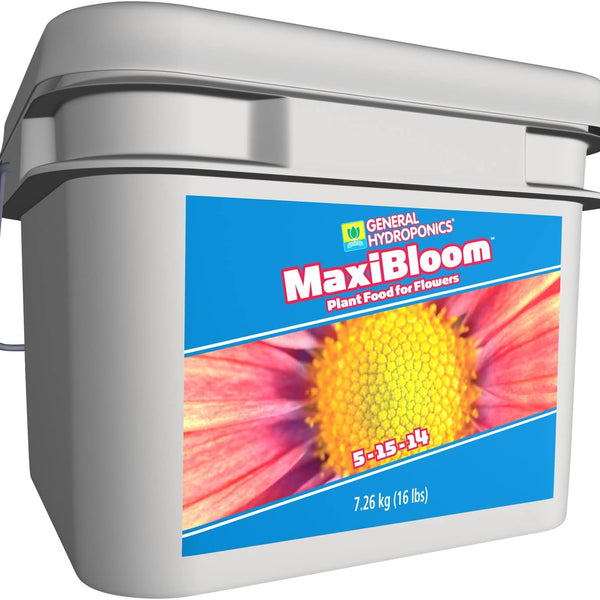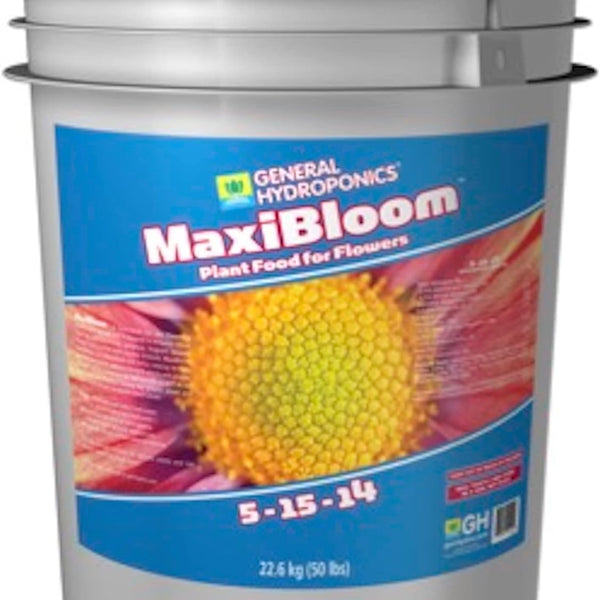Water. It’s the hydro part of hydroponics. You can find many answers to H2O related questions here.
Water containing too much calcium and magnesium (called “total Hardness”) may create serious problems. Contact your municipal water supplier who can provide you with an analysis of your water supply. If you are using well water, many laboratories can provide you with an analysis if you send them a sample. If the dissolved salts in your water supply measure 200 ppm or more, we strongly recommend that you obtain a water analysis to determine calcium content. Excessive calcium is the main factor in determining if your water is hard. If an analysis of your water supply reveals that the Calcium content of your water supply is greater than 70 ppm (mg/liter) you should use Hardwater FloraMicro. Hardwater FloraMicro provides rapidly growing plants with a combination of chelated micro nutrients uniquely formulated for hardwater conditions. Other options are to collect rainwater, install a reverse osmosis filtration system, or use purified water. Do not use mineral or “spring” water, which can unbalance the nutrient solution, or even be toxic to plants.
In a properly functioning hydroponic unit, the roots receive oxygen from the air, which surrounds them, as well as from the oxygen, which is dissolved in the nutrient solution. The proper medium can play an important role in this process.
Chlorine is highly volatile; it evaporates as soon as it hits the air. By the time the nutrient solution reaches the roots, the chlorine is gone.
Temperature of the nutrient solution should be in the range of 65 to 80 degrees Fahrenheit (18 to 26 degrees Celsius). Before adding water to your reservoir, it is a good idea to allow it to come to the same temperature as the water in the reservoir. Plants do not like rapid temperature changes, especially in the root zone. Aquarium heaters can be used to warm the nutrient solution in the winter, and look for “chillers” to cool the solution in the summer if high temperature becomes a problem.
Certainly. About 160 years ago scientists determined that ten elements were required for plant growth. Three of these ten were provided by air and water: carbon (C), hydrogen (H) and oxygen (O). The others, nitrogen (N), phosphorus (P), potassium (K), calcium (Ca), magnesium (Mg), sulfur (S) and iron (Fe) were obtained by plants from the soil or other growing medium. Six additional elements have been determined essential for plant growth: manganese (Mn), zinc (Zn), copper (Cu), boron (B), molybdenum (Mb) and chlorine (C1). These six also are generally supplied through the growing medium. FloraSeries® contains all of these elements.
